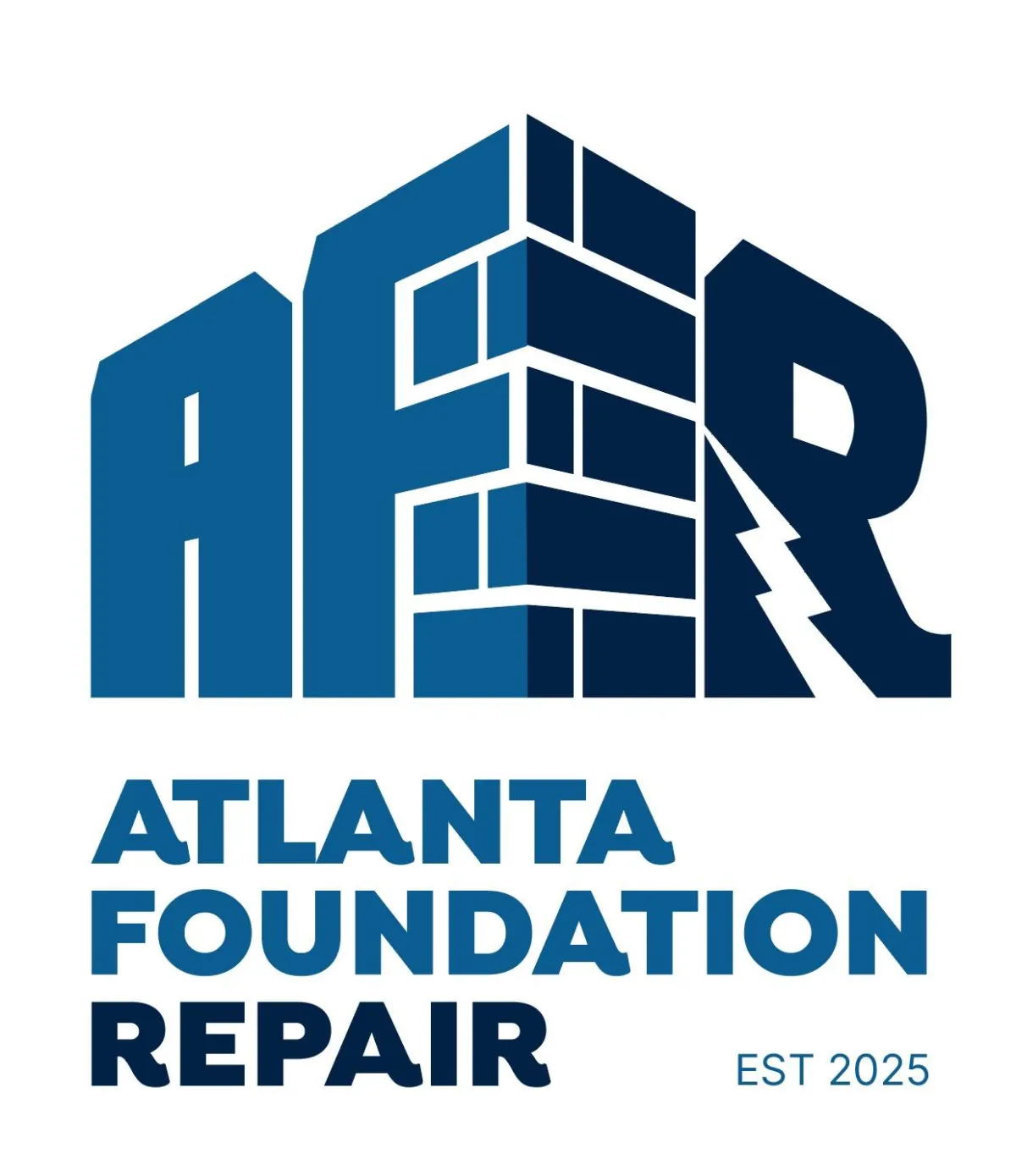Atlanta, GA
Moldy or Damp Crawlspaces in Atlanta, GA
Why Crawlspaces Become Moldy or Damp
Crawlspaces are often dark, still, and full of organic materials like wood and dust. When these conditions are combined with moisture, they create an ideal environment for mold to grow. Even if water is not visibly pooling, elevated humidity or repeated dampness can be enough to support mold colonies.
Conditions That Encourage Mold Growth
Mold doesn’t appear without the right ingredients. Several factors in crawlspaces commonly combine to create an environment where mold can thrive and spread.

Consistently High Humidity
When the air in the crawlspace stays humid, moisture condenses on cooler surfaces like wood, metal, and plastic. This thin film of water provides the moisture mold needs to grow.

Water Intrusion and Persistent Dampness
Leaks, groundwater seepage, or flooding leave surfaces wet for extended periods. Prolonged dampness allows mold spores—already present in the air—to settle and multiply on wood, insulation, and other materials.

Poor Air Circulation
Limited airflow means moisture has nowhere to go. Stagnant air traps humidity, and the crawlspace takes much longer to dry out after wet weather or leaks.

Organic Surfaces and Debris
Wood framing, subflooring, cardboard boxes, forgotten storage items, and dust all provide food sources for mold. The more organic material present, the more likely mold will spread.

Temperature Differences
Warm, humid outdoor air entering a cooler crawlspace can cause condensation on surfaces. This repeated “sweating” effect adds to overall moisture levels and supports mold growth.
Signs You May Have a Moldy or Damp Crawlspace
Moldy crawlspaces affect both the structure and the comfort of the home above them:
Persistent musty, earthy, or “moldy” smells, especially on the lower level
Visible mold patches on wood beams, joists, or subflooring
Black, green, white, or fuzzy growth on insulation or other surfaces
Insulation that feels damp, appears discolored, or is falling down
Rust on metal ductwork, hangers, fasteners, or plumbing fixtures
Condensation forming on pipes, ducts, or plastic sheeting
Elevated indoor humidity that makes the home feel sticky or hard to dehumidify
Increased allergy, breathing, or sinus issues among occupants
Floors above the crawlspace feeling cooler, damp, or slightly spongy
Paint or finishes inside the home peeling or bubbling due to hidden moisture
Our Services
Helpful Links
Contact Information
Phone:
Business Hours:
Mon - Fri: 8:00 am - 5:00 pm
Sat - Sun : Closed
service areas
© 2025 All Rights Reserved | Atlanta Foundation Repair
